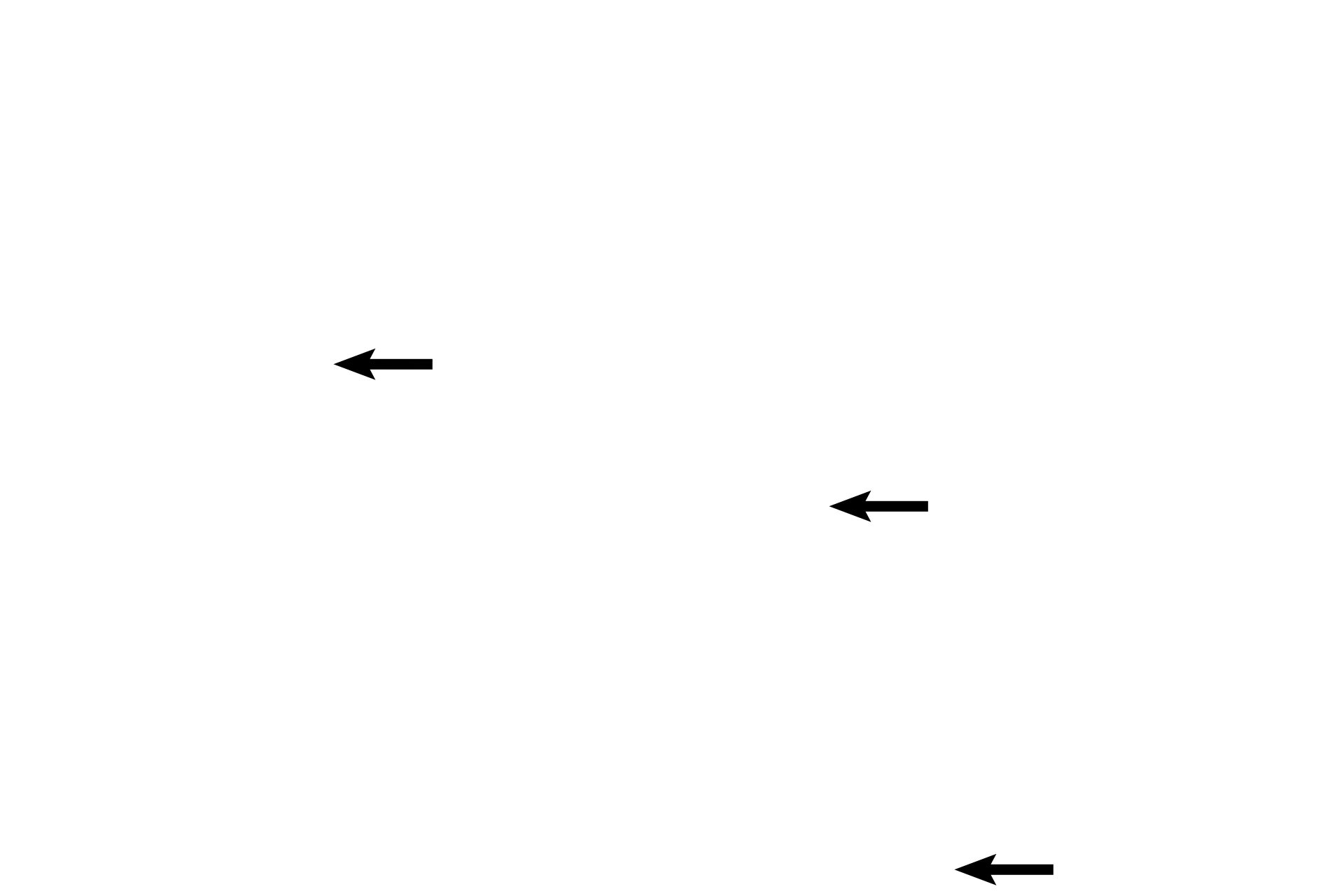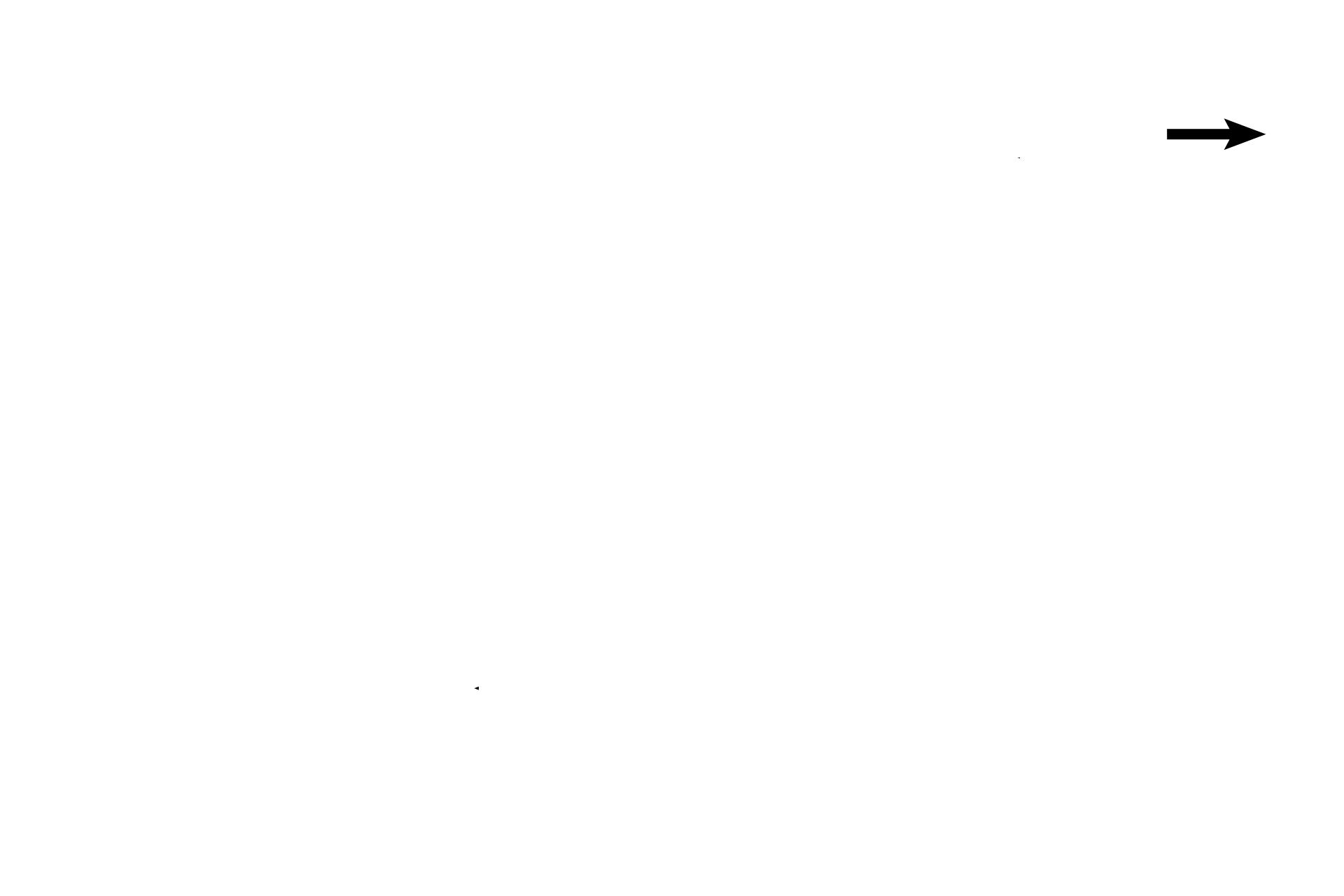
Breast: pregnancy
During pregnancy, the glandular tissue increases in size both by growth and branching of the ducts (estrogen stimulation), as well as by the formation of acini from the ducts (progesterone stimulation). With the branching of the ducts and the appearance of acini, the functional mammary gland now justifies its classification as a compound, tubuloacinar gland. 40x

Lobule
During pregnancy, the glandular tissue increases in size both by growth and branching of the ducts (estrogen stimulation), as well as by the formation of acini from the ducts (progesterone stimulation). With the branching of the ducts and the appearance of acini, the functional mammary gland now justifies its classification as a compound, tubuloacinar gland. 40x

- Intralobular ducts
During pregnancy, the glandular tissue increases in size both by growth and branching of the ducts (estrogen stimulation), as well as by the formation of acini from the ducts (progesterone stimulation). With the branching of the ducts and the appearance of acini, the functional mammary gland now justifies its classification as a compound, tubuloacinar gland. 40x

Interlobular connective tissue
During pregnancy, the glandular tissue increases in size both by growth and branching of the ducts (estrogen stimulation), as well as by the formation of acini from the ducts (progesterone stimulation). With the branching of the ducts and the appearance of acini, the functional mammary gland now justifies its classification as a compound, tubuloacinar gland. 40x

- Interlobular duct
During pregnancy, the glandular tissue increases in size both by growth and branching of the ducts (estrogen stimulation), as well as by the formation of acini from the ducts (progesterone stimulation). With the branching of the ducts and the appearance of acini, the functional mammary gland now justifies its classification as a compound, tubuloacinar gland. 40x